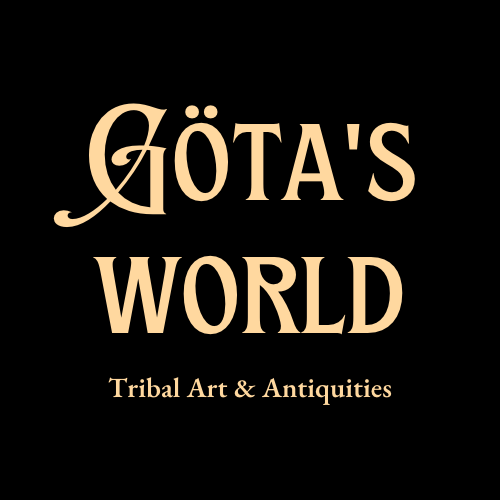Ancient Peshawar Terracotta Monkey Figure Fragment
Ancient Peshawar Terracotta Monkey Figure Fragment
Couldn't load pickup availability
Peshawar District, c. 300–200 BC, North West Frontier Province, Punjab, Pakistan, South Asia
A compelling and expressive terracotta fragment representing the head of a small monkey figure, hand-modeled in richly fired red clay. The figure’s features—rounded eyes, flat nose with pierced nostrils, incised mouth, prominent chin, and perky ears—are rendered with a charming immediacy, suggesting both playfulness and character.
Dating to the late pre-Kushan period, this piece finds strong parallels in figurines excavated from Chārsada and Sar Dheri, placing it securely within the 2nd century BC to 2nd century AD. These stylistic types are also culturally connected to broader Chalcolithic traditions stretching westward into eastern Iran, reflecting the shared artistic vocabularies of ancient South and Central Asia.
Though modest in scale, the fragment embodies the tactile intimacy of early regional craftsmanship. Whether devotional, decorative, or didactic in purpose, such terracotta figures offer rich insight into the spiritual life, symbolic expression, and anthropomorphic imagination of early South Asian societies.
Good condition. Light surface wear and abrasions commensurate with age, nicks and chip. Encrusted earthen deposits throughout. Size approx. 2,7cm x 2,3cm x 2,8cm.
Provenance: From the estate of Professor Tore Arnborg (1912–2007), a senior United Nations official who served as head of the FAO in West and East Pakistan (now Bangladesh). Acquired abroad and brought to Sweden in the 1960s.
For a similar example see:
Standing figure, Asian Art Museum, Accession Number: F1995.41.1 (https://searchcollection.asianart.org/objects/11661/standing-figure)
Figure, The British Museum, Accession Number: 1880.3303 (https://www.britishmuseum.org/collection/object/A_1880-3303)
References and further reading:
The Pakistani Collection of Terracotta Figurines in the British Museum, Irfanullah, Fazal Sher and Amjad Pervaiz, Hazara University Mansehra, Pakistan Heritage 9, 2017.
Ancient Cities of the Indus Valley Civilization, Jonathan Mark Kenoyer, Oxford University Press, 1998.
Indian Art in the Ashmolean Museum, J. C. Harle and Andrew Topsfield, Oxford: Ashmolean Museum, 1987, no. 6 on p. 6, illus. p. 6.
Early Indian art at the Ashmolean Museum - Catalogue in progress, Ahuja Naman, 2016, n. 29.1
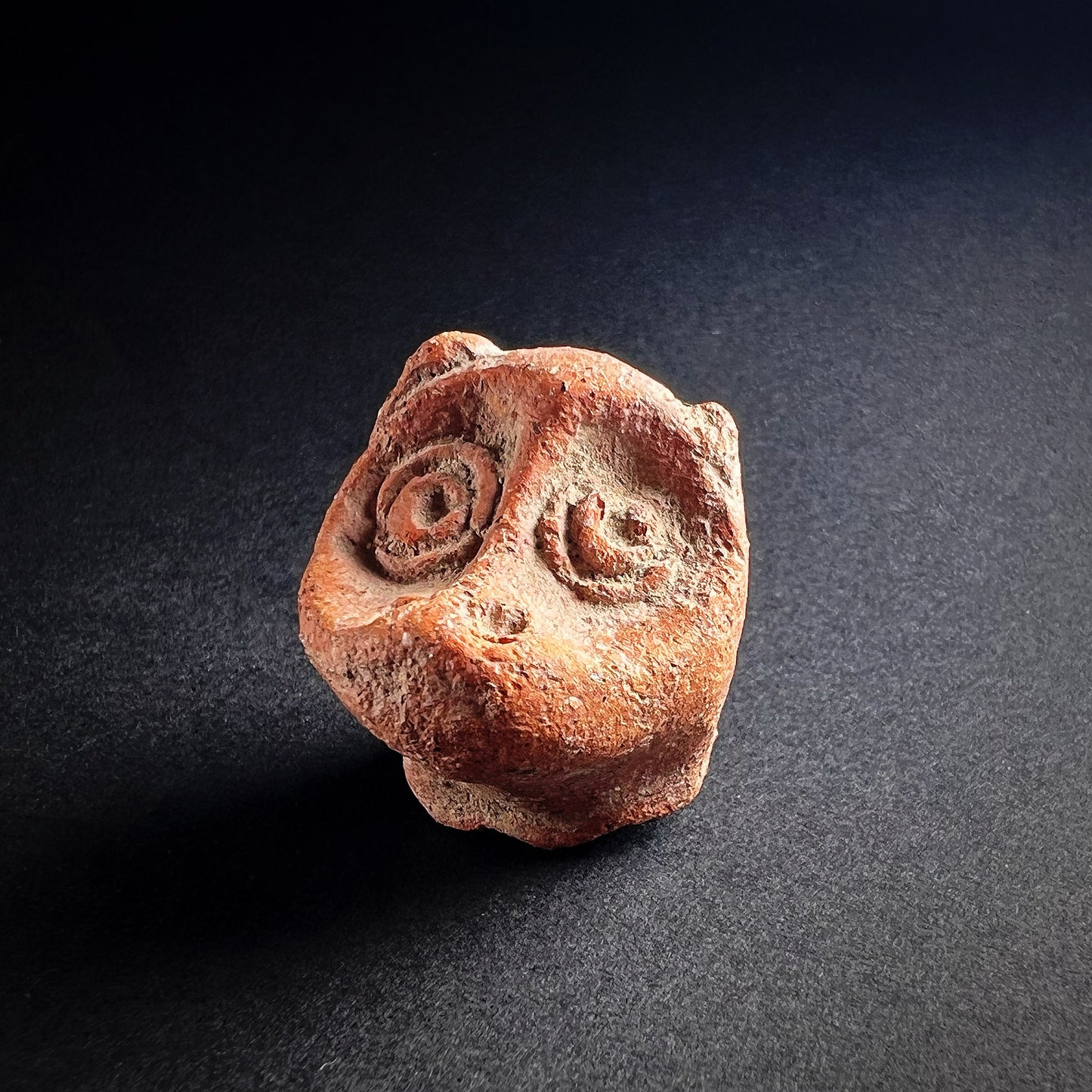
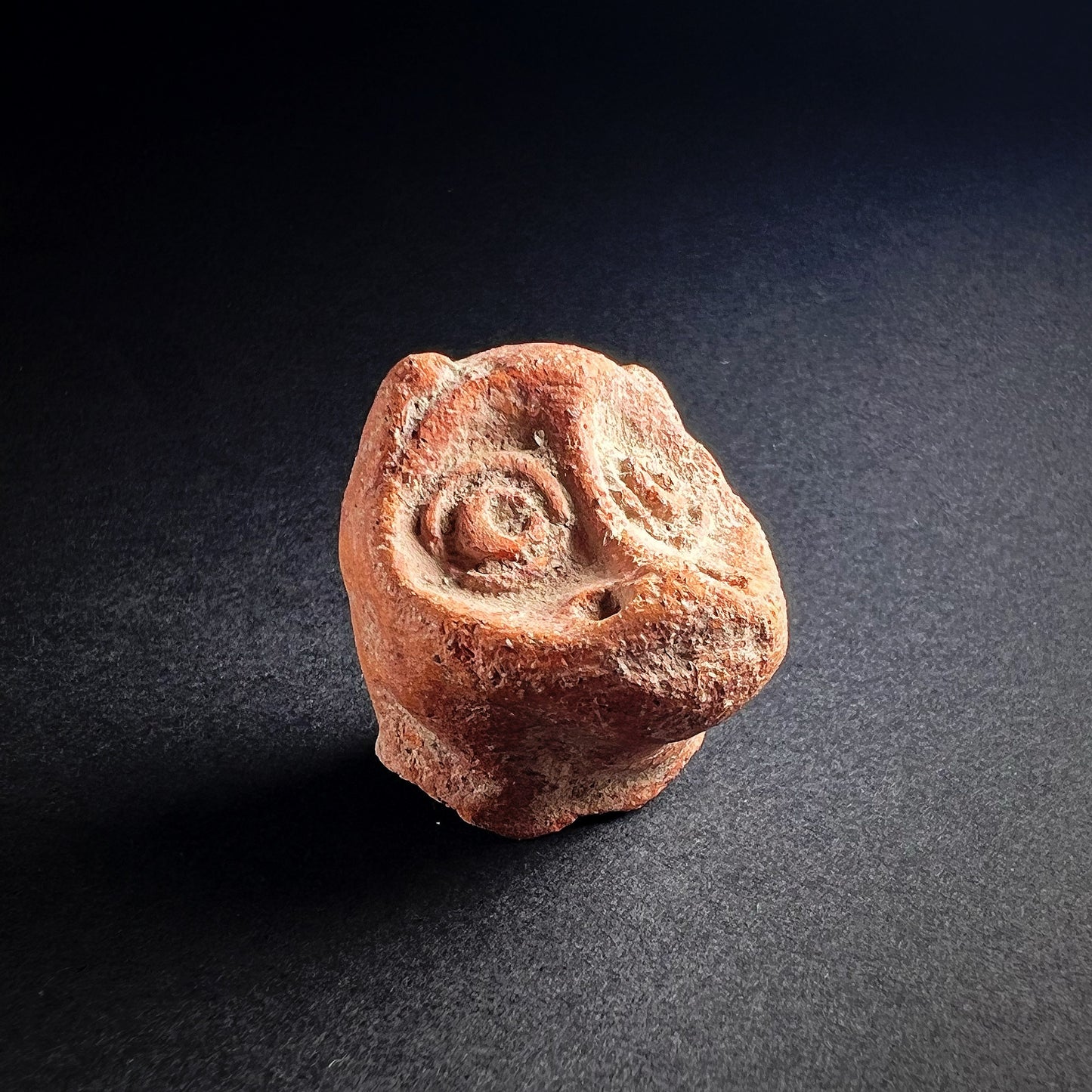
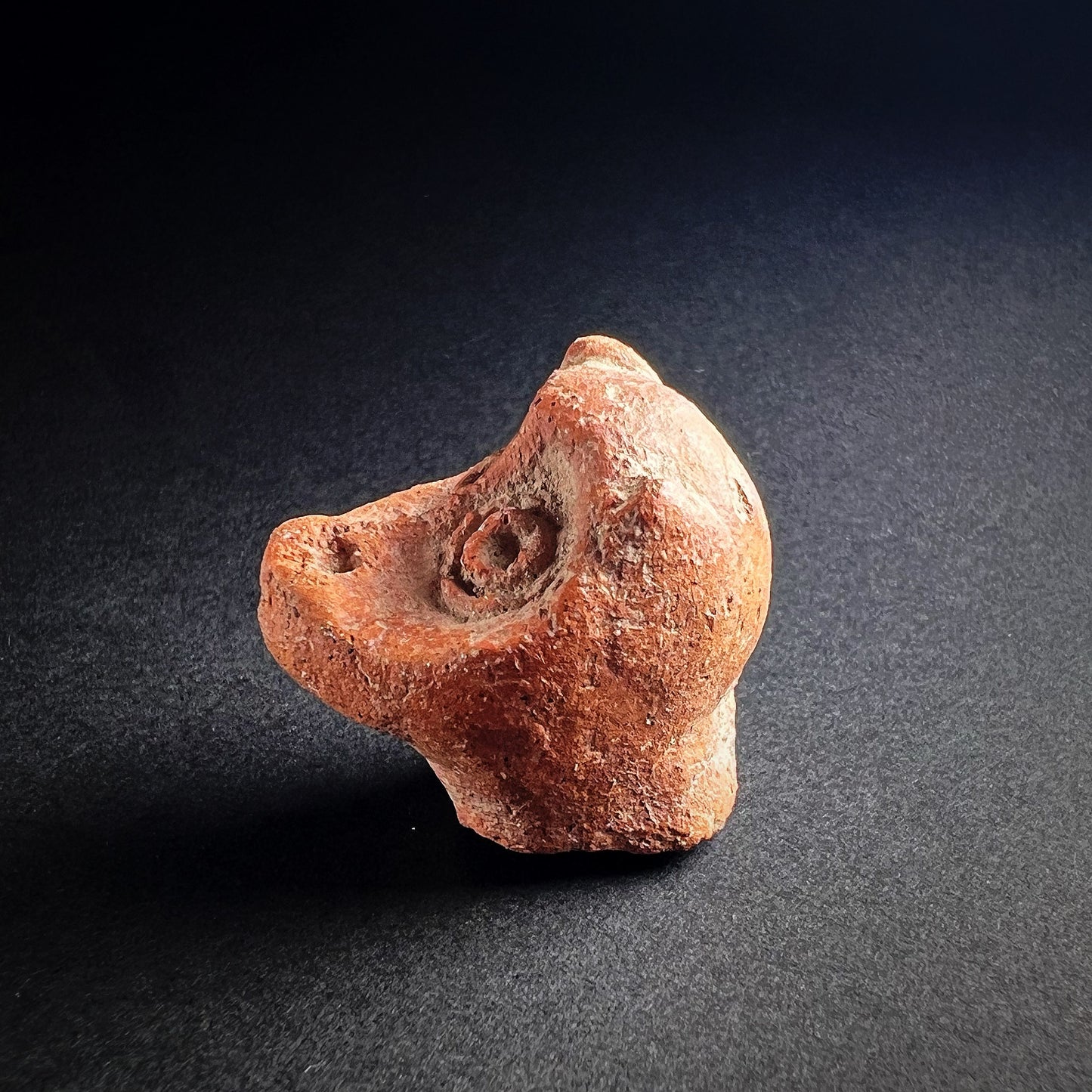
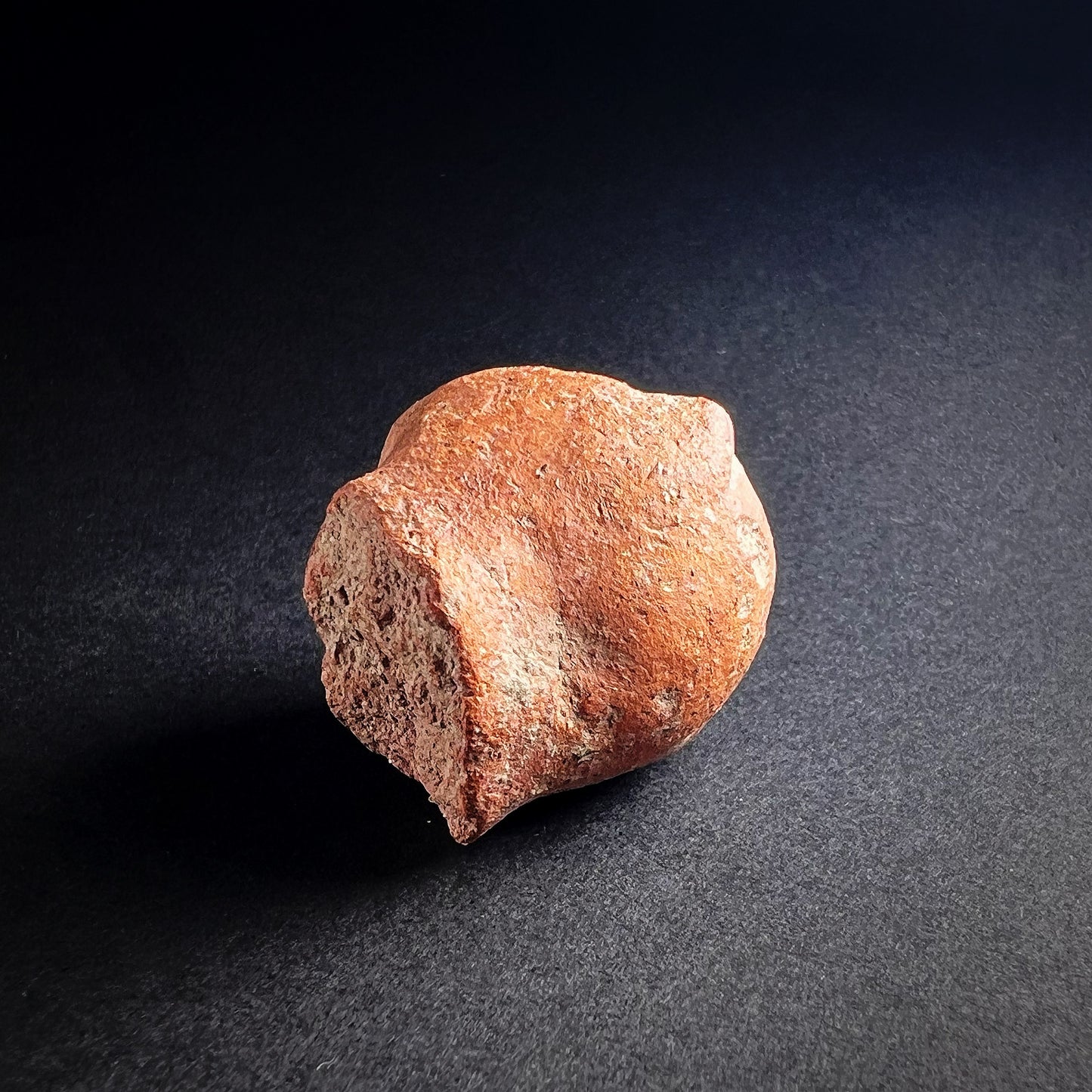
-
Shipping
The shipment will be prepared in the course of 3-5 days and dispatched via Posti Group Oyj or purchased item(s) can be picked up from our shop during the store's opening hours (Tarkk’ampujankatu 4, 00140, Helsinki, Finland). Within the Finland, all items are shipped via Posti Group Oyj unless otherwise requested. We pack the items carefully and mainly in recycled materials because we want to save nature. You will receive the tracking number for your items by e-mail.
-
Returns
Returns and exchange will be accepted within fourteen days (14) of receipt at the purchaser’s cost to include freight and packaging. Items must be returned in the same condition as when they were shipped, and will not be accepted if damaged or altered in any way. Please inform us via email (info@gotanmaailma.fi) or by calling +358408408352 before sending. We do not accept returns more than 14 days after delivery.
